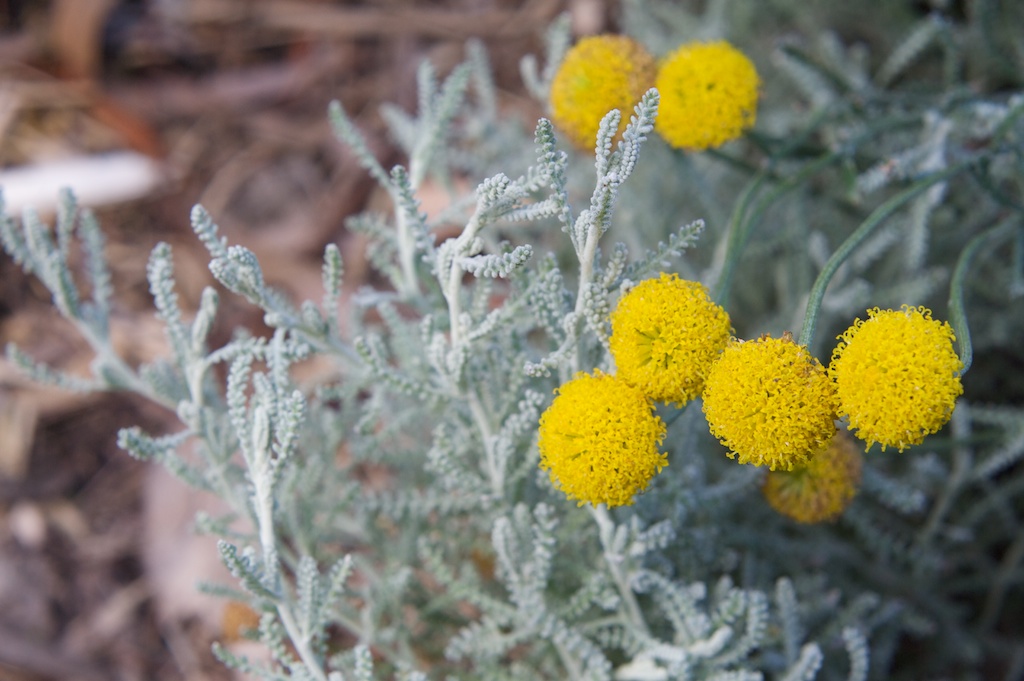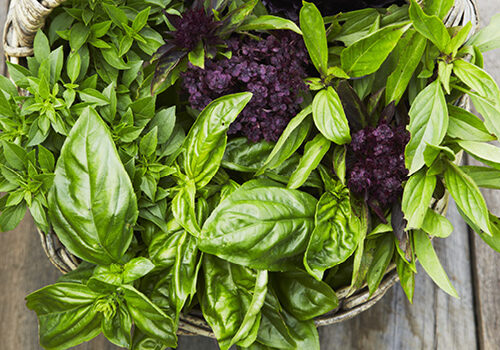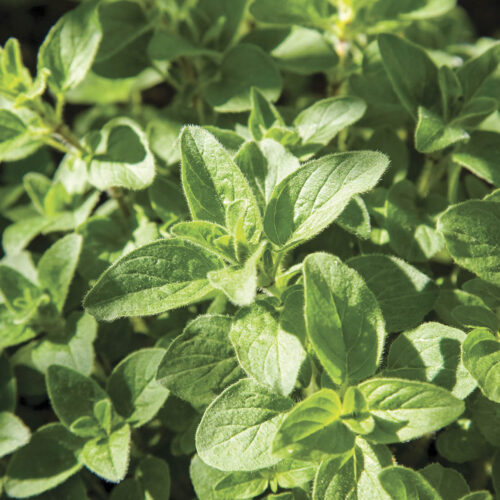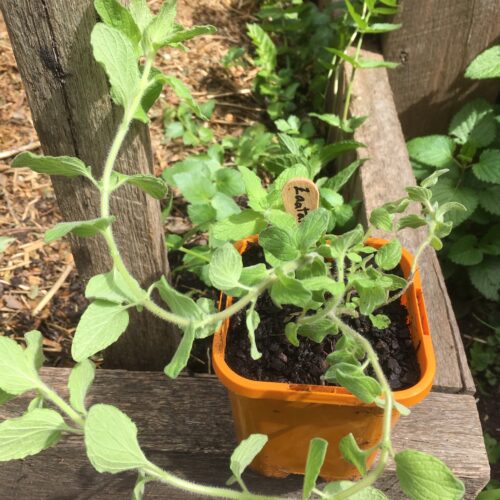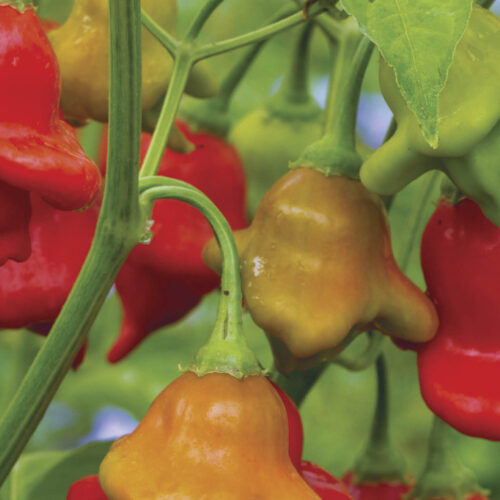Sun-loving santolina
2014-12-31T03:30:14+11:00
PENNY WOODWARD says grey-leafed plants like santolina thrive in hot, dry weather.
As the summer temperatures rise and rainfall decreases, grey-leafed plants really come into their own. These plants minimise evaporation by having small, tough often hairy, grey leaves. One that is looking lovely in my garden at the moment is santolina (Santolina species). These delightful, tough plants grow as low shrubs with delicate coral like foliage and bright yellow, button-like flowers on single stems. There are also cultivars with green foliage and others with grey, more feathery foliage and pale lemon flowers. Santolina is also known as cotton lavender but is not related to true lavenders (Lavandula species).
Santolina is a hardy perennial that grows to about 60 cm. Most species and cultivars grow easily from tip cuttings taken from spring to autumn and will grow in most soils as long as they are well drained. They like a sunny position. Keep plants trimmed if they start to flop or sprawl and once the flowers have finished, clip the whole plant to stop it from getting straggly. Santolinas make useful low hedge plants or borders for the vegie garden or along a path and have been used in Tudor knot gardens. They grow well near the sea and although they don’t like to be wet and cold, with good drainage some will tolerate temperates as low as -15°C.
The most common cultivar is S. chamaecyparissus with the distinctive coral-like foliage and bright yellow flowers seen in the picture, and there is a dwarf form of this called S. chamaecyparissus ‘Nana’, perfect for really low borders. Others that I am growing and really like are S. neopolitana ‘Edward Bowles’ with more feathery grey-green leaves and beautiful soft lemon flowers, S. insularis a native of Sardinia which is quite similar to ‘Nana’ above but slightly bigger.
The green leafed forms are S. verum, S. rosmarinifolia and S. rosmarinifolia ‘Primrose Gem’. S. verum, or green santolina has narrower green leaves and paler yellow flowers. S. rosmarinifolia, known as olive plant, is similar but the leaves have a delightful olive scent and flavour and are delicious added to salads and other dishes. Both species also have cultivars with varying shades of yellow flowers (Primrose Gem being pale yellow) and dwarf and larger growing bushes.
The dried leaves of all the grey-leafed species are an extremely useful moth repellent and are dried and added to sachets or made into small bunches to keep moths from clothes and linen. They can also be scattered on bookshelves to repel silverfish. Dried flowers are beautiful in potpourri and dried flower arrangements.

